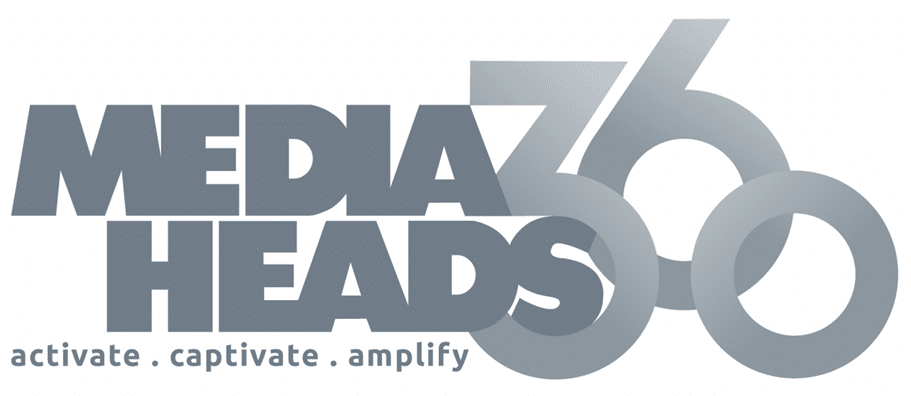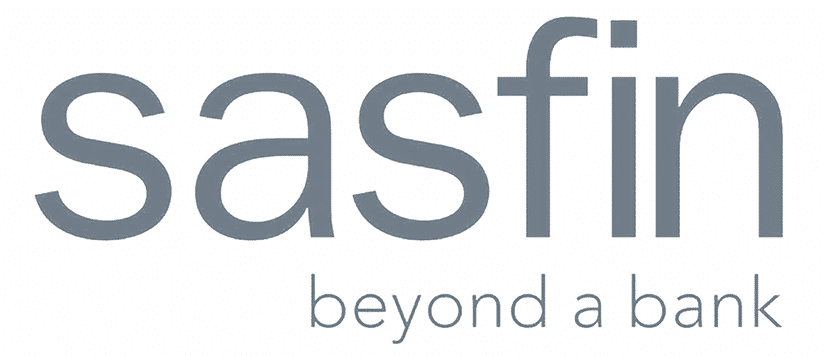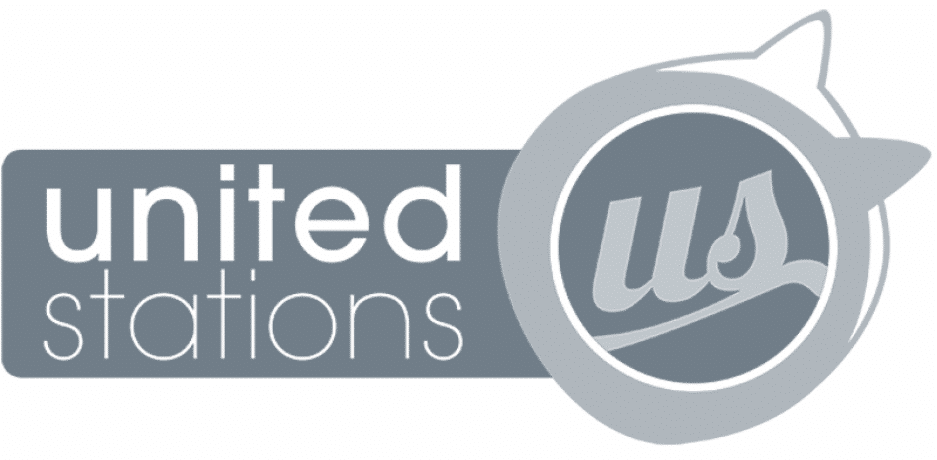Artificial intelligence is no longer a prospect of science fiction, but rather a day-to-day existence that’s reshaping everything from our work to the way that we live, shop and create. AI talent is highly sought after around the world, so if you feel inclined to do it, it’s a pretty good idea! But there’s a gap between understanding theory and deploying AI that’s difficult to bridge. Which is why real-world experience should be necessary for AI education.” Whether you’re new to data science or have been practising for a while, practical experience is essential in turning you into a confident problem solver and interview passer.
Too many AI education programs are centred around abstract concepts, linear algebra, probability and the nuts and bolts of neural networks, without offering much on the “how” to use AI in practice. The result? Learners who understand the definitions but are unable to come up with a working model or utilise Artificial intelligence to tackle a business problem. In contrast, students who work on practical projects with hands-on experience, such as building a recommendation engine, analysing sentiment from tweets or automating some tasks using machine learning, acquire a much deeper understanding and job-ready skills.
Applied Learning Bridges the Gap Between Theory and Real-World Use
It’s essential to learn about the theory of artificial intelligence; context and foundation are key. But they can’t retain knowledge and put it to use without making a fresh attempt at applying it in real tasks. This is particularly the case in Artificial Intelligence, as concepts such as machine learning algorithms, model training and data pre-processing don’t quite resonate until they are experienced. That’s why movement leaders understand that practice is essential to connect theory with impact.
Learning how to construct one using a dataset, tune its parameters, and evaluate the result is a whole new experience. The former enables students to learn how concepts relate to each other, what difficulties they encounter in deploying them, and how changes impact the performance. This level of interaction fosters further understanding and experimentation.
Including applied Artificial intelligence exercises in courses is not merely useful for educators; it’s becoming essential. Whether a Jupyter Notebook exercise, Kaggle competition or Capstone project using actual business data, these experiences force learners out of memorisation and into mastery. Applied learning also provides experience with critical soft skills, such as debugging, documentation and presenting technical results, which are just as essential for employers as technical skills. In other words, theory gives you the “why” while practice provides the “how.” By combining the two, learners are not only educated but enabled and empowered to create Artificial intelligence solutions that work outside of class.
Hands-On AI Projects Build Job-Ready Skills Faster
One of the most successful techniques for preparing to enter the Artificial intelligence industry is to construct projects that simulate real-world issues. Unlike quizzes or lectures, hands-on projects force learners to make choices, problem-solve and get a feel for how things work just as they would in a professional setting. That not only supports the theoretical knowledge but also develops self-assurance and competence.
For instance, training a computer vision model to recognise images, building a chatbot with natural language processing or digging into client data to predict churn are projects that mimic real-life industry applications. These projects force the student to exercise the entire lifecycle of AI development: acquiring or cleaning data, selecting models, training and evaluating, and deploying. Each step provides another level of comprehension.
In addition, featuring projects on platforms such as GitHub or in a personal portfolio can give learners a hiring advantage during job applications. Increasingly, recruiters and hiring managers are looking for practical experience as well as a certification or degree. An impressive Artificial intelligence project shows initiative, problem-solving, and technical ability–all without requiring years of experience.
That’s the reason why educational platforms such as Coursera, DataCamp and Udacity are now embedding project-based learning into their AI and machine learning tracks. They know that making is learning. The more you code, test and iterate, the sooner you are competent. So, if you’re committed to getting into – or climbing within – the world of Artificial Intelligence, it’s not a case of whether you should do those hands-on projects and apply that learning; it’s a straightforward truth that’s the fast track between right now and your AI job.
Practical AI Education Encourages Critical Thinking and Problem Solving
Critical thinking and complex problem-solving are at the heart of working with AI. Algorithms themselves don’t create value; it’s how AI is used to solve meaningful problems that create value. This is why a practical Artificial Intelligence education is a truly invaluable asset. It doesn’t just teach you how models work; it teaches you how to think like an artificial intelligence practitioner.
You see, when students work with actual data and create real projects, several valuable things happen: they are forced to face ambiguity, uncertainty about data’s quality, performance trade-offs and ethical code considerations, precisely the kind of things that require experience and wisdom. These are not problems you just memorise answers to; they require reasoning and critical thought. Do I need to clean the data point, or can it stay as is? Why is this model overfitting? Which really matter to the user?
This approach also fosters analytical thinking and a problem-solving mindset, which are critically important in any AI role, whether you are building models, working out output analyses or integrating Artificial Intelligence into existing systems. Moreover, learners have confidence in’ the ability to compare tools, to adapt models that are not suitable and respond appropriately to feedback.
Practical AI problem-solving is also collaborative in most real-world systems, involving code review and teamwork. The whole program also emphasises the importance of working in a project setting, including teamwork, code reviewing and communication. And such “soft skills” are frequently neglected in theory-laden education, but vital in the workplace.
Practical experience, in short, encourages learners to think critically, not merely as technicians. It hones their capabilities to solve problems from different perspectives, adapt to new challenges, and overcome them with technically solid answers that are also strategically aligned.
AI Tools and Platforms That Support Applied Learning
With the proliferation of artificial intelligence and data science education, there is no lack of tools and platforms created to facilitate hands-on learning, especially for newcomers to the space (or intermediates). These resources are low-barrier to access and provide real-world datasets, models, and deployment environments. They’re the workhorses of pragmatic Artificial intelligence learning.
For beginners, many free online coding platforms, such as Google Colab and Jupyter Notebooks, allow you to experiment with Python and machine learning libraries from within a web browser. You can execute real code without having to install anything locally (great for quick testing and learning).
Kaggle is another powerful resource. It features real-world datasets, public code notebooks, and competitions to build/improve/ benchmark your models. By competing on Kaggle, you learn not only how to create Artificial intelligence, but how to do it well when faced with real constraints.
If you would prefer a more structured, guided experience, there are platforms for that, like DataCamp, Coursera, Udacity (and edX). These are sites that feature project-based tracks, sometimes with end-to-end projects and capstone projects. Some even resemble job environments or offer practice interviews.
For those who don’t want to code at all, there are tools like RunwayML, Teachable Machine and MonkeyLearn that allow you to create models through drag-and-drop interfaces. These are great for non-technical learners who want to know how Artificial intelligence is used in the real world.
Conclusion
As artificial intelligence redefines the future of all industries, from health care to finance, and marketing to logistics, it’s evident that the ability to comprehend and implement Artificial intelligence is a highly competitive skill set. But theory cannot do it alone. The best AI education takes place not only in the classroom or lecture hall, but also in the lab, on the notebook, and through actual projects where learners themselves interact with both tools and problems of the field.
I believe that applied projects bring AI education to life. It turns abstract ideas into actionable skills, teaches learners how to connect dots across disciplines, and builds a bridge of self-assurance, enabling them to put AI to work in professional settings. Whether you are training a neural network, solving a real-life problem with natural language processing, or scrubbing and visualising data as done in this tutorial, doing it yourself is associated with deeper learning that lasts longer.
GET IN TOUCH WITH THE DIGITAL SCHOOL OF MARKETING
Do you want to become a digital marketing expert with the Digital School of Marketing? If you do, you must do our Digital Marketing Course. Follow this link to find out more.
Frequently Asked Questions
Application of theorising allows students to step beyond the theory and develop practical problem-solving skills for real-life experiences. Students gain insight into how Artificial Intelligence functions in real-life settings as they build models, work with datasets, and test algorithms. This interaction also tends to increase self-confidence, retention and readiness for workforce environments. Unlike passive learning, application practice shows students how to think critically, grapple with complex data problems and troubleshoot challenges, all key tools for a modern AI practitioner entering the workforce today.
Yes, but it’s much less effective. You’ll understand ideas, but you won’t know how to apply them. Real-world projects transform passive knowledge into active ability. They show you how to clean messy data, select the appropriate model, test performance, and manage real constraints. Companies want to know you can solve problems, not just answer quizzes. The practical work demonstrates that you can take your theory about Artificial intelligence and deliver results in the real, measurable world.
Starting with learning-for-practice projects that are easy for beginners. Fantastic examples include creating a movie recommendation engine, a spam email filter, or an application that processes the sentiment of tweets. They are challenging projects because they use real data, are easy to do with Python, and introduce fundamental Artificial Intelligence concepts such as classification, natural language processing, and model evaluation.
They are interested in candidates who can apply AI practically, not just those with an understanding of theory. Nimble skills such as model building, data visualisation and managing the machine learning workflow prove that you’re job-ready. Experience includes proficiency in popular tools such as Python, Jupyter Notebooks, and frameworks such as TensorFlow and scikit-learn. Demonstrating these skills in a GitHub portfolio or interview shows that you can contribute on day one, and is a competitive hiring advantage.
Many platforms are suitable for hands-on Artificial intelligence learning. You can also play around with real datasets and competitions on Kaggle. Google Colab and Jupyter Notebooks, for example, offer free cloud-based space to execute AI code. Guided, project-based learning tracks are available from DataCamp, Coursera, and Udacity. For no-code alternatives, consider RunwayML or Teachable Machine. With these platforms, learners can immediately apply AI concepts in real-time, reinforcing their understanding and ultimately learning more quickly and retaining skills longer.
A strong math background is a plus, but you can get up and running without it. There is a lot of math behind the modern Artificial intelligence tools and libraries. You are relatively shielded from it so that you can think about how to use models and interpret results. More critical early on is understanding concepts like classification and regression, accuracy and bias. Then, as you progress through the book, you can pick up the math that underlies the models at your own pace. Application of such concepts makes things more logical and easier over time.
Blog Categories
You might also like
- Your Complete Guide to PPC Marketing Basics. Find out more.
- Would you make a great marketing manager?
- Will digital marketing now replace traditional marketing?
- Will Digital Marketing Kill Traditional Marketing?
- Why Your Online Branding Is Key To Your Business
- Why Your Mobile Marketing Has To Go Global? Learn more.





















